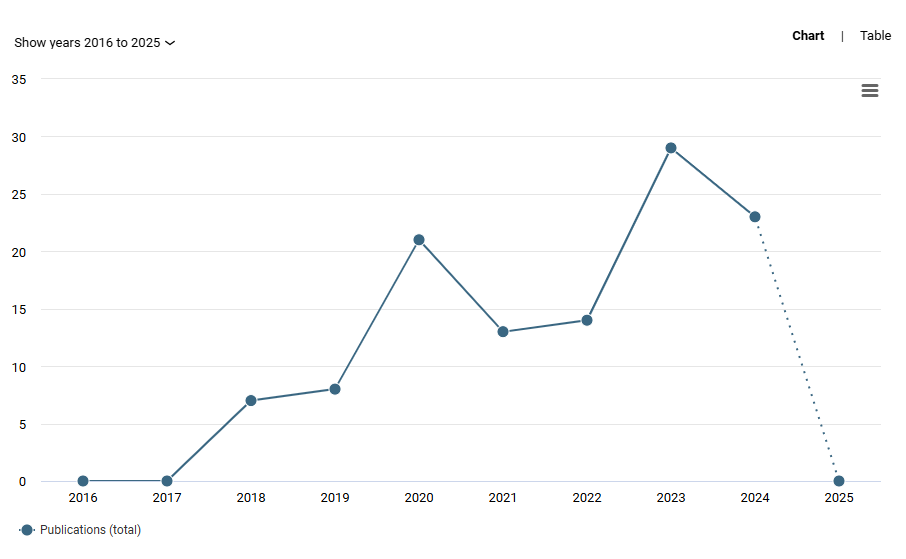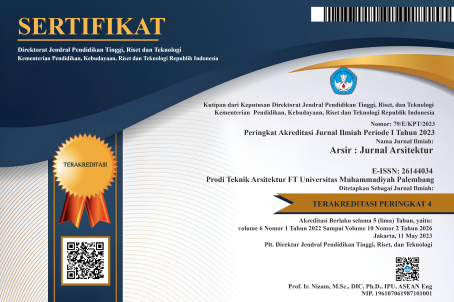Tallu Lino as the Cosmological Basis of the Architecture Bola (House) and Landa’ (Rice Barn) in Pepandungan Village, Enrekang Regency
DOI:
https://doi.org/10.32502/arsir.v10i1.769Keywords:
bola, cosmology of architecture, enrekang, landa', traditional architectureAbstract
This study aims to uncover the meaning of Tallu Lino as a cosmological foundation in shaping the traditional architecture of the Duri people, particularly in Bola (residences) and Landa’ (rice barns) in Kampong Pepandungan, Enrekang Regency. Tallu Lino, consisting of Lino Jiong (underworld), Lino Tau (middle world), and Lino Jao (upper world), is believed to form a cosmological framework that influences spatial structure, building orientation, and the relationship between domestic and storage spaces. The research employs a descriptive qualitative method with a phenomenological approach through field observations, in-depth interviews, and visual documentation. The findings show that Tallu Lino principles are reflected in the vertical spatial arrangement, the separation of functions between Bola and Landa’, and building orientation aligned with cosmic symbolism. This concept not only shapes physical structures but also embeds spiritual and sociocultural values. The study emphasizes the importance of understanding local cosmology as a foundation for preserving traditional architecture and guiding spatial planning based on indigenous wisdom.
Downloads
Published
How to Cite
Issue
Section
License
Copyright (c) 2025 Dwila Nur Haq, T. Yoyok Wahyu Subroto

This work is licensed under a Creative Commons Attribution-ShareAlike 4.0 International License.
Arsir: Jurnal Arsitektur (AJA) have CC-BY-SA or an equivalent license as the optimal license for the publication, distribution, use, and reuse of scholarly work.
Authors who publish Arsir: Jurnal Arsitektur (AJA) agree to the following terms: Authors retain copyright and grant the Arsir: Jurnal Arsitektur (AJA) right of first publication with the work simultaneously licensed under a Creative Commons Attribution License (CC BY-SA 4.0) that allows others to share (copy and redistribute the material in any medium or format) and adapt (remix, transform, and build upon the material) the work for any purpose, even commercially, with an acknowledgement of the work's authorship and initial publication in Arsir: Jurnal Arsitektur (AJA). Authors are able to enter into separate, additional contractual arrangements for the non-exclusive distribution of the journal's published version of the work (e.g., post it to an institutional repository or publish it in a book), with an acknowledgement of its initial publication in Arsir: Jurnal Arsitektur (AJA). Authors are permitted and encouraged to post their work online (e.g., in institutional repositories or on their website) prior to and during the submission process, as it can lead to productive exchanges as well as earlier and greater citation of published work (see The Effect of Open Access).
![]()
Work is distributed below This work is licensed under a Creative Commons Attribution-ShareAlike 4.0 International License.










